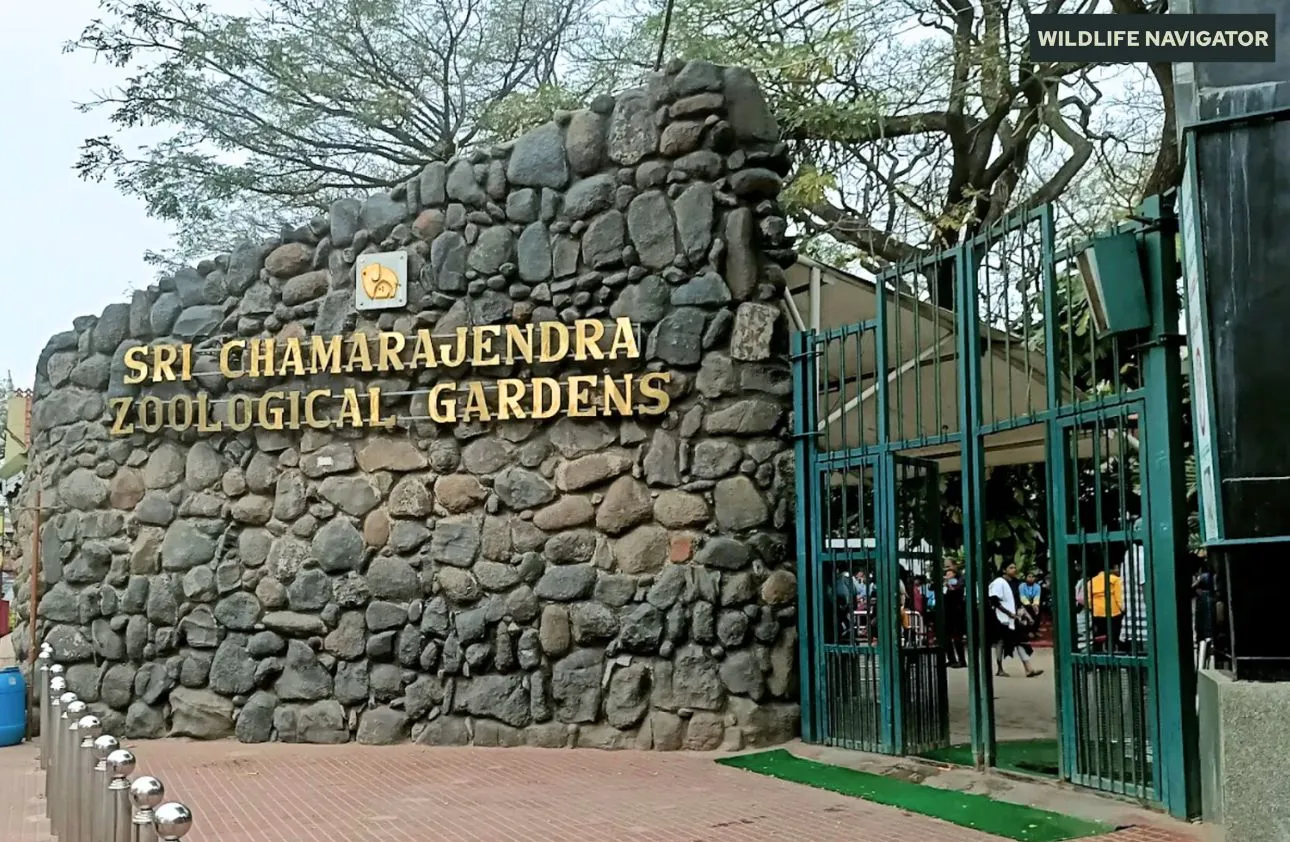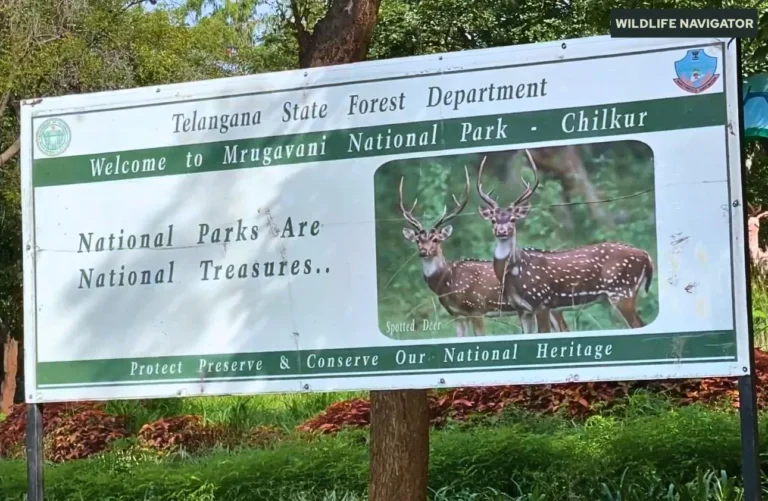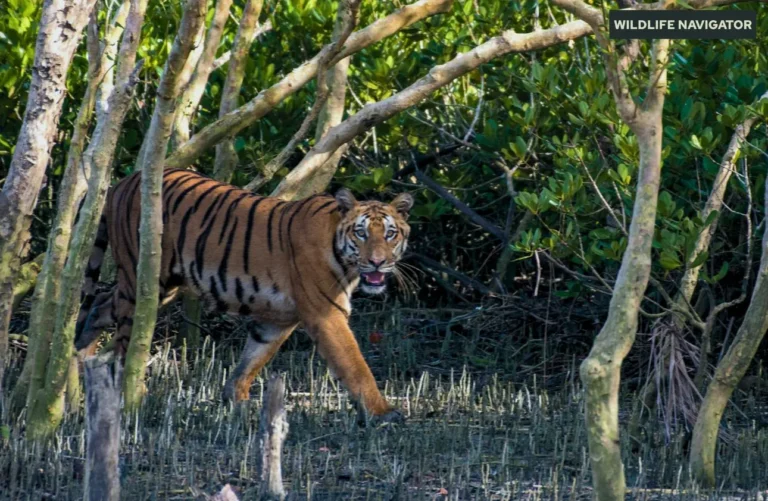Sri Chamarajendra Zoological Gardens | Mysuru Zoo | Mysore Zoo – Timings, Tickets & More

Sri Chamarajendra Zoological Gardens, popularly known as Mysuru Zoo and Mysore Zoo, is one of India’s most celebrated zoological parks, blending more than a century of heritage with modern wildlife conservation. Established in 1892, the zoo has become a major highlight of Mysuru city, attracting visitors from across India and abroad. It stands out for its lush greenery, excellent management, and carefully designed animal enclosures that mirror natural habitats.
Located in Mysuru, Karnataka, India, the zoo sits in a prime urban area surrounded by famous attractions like Mysuru Palace and Karanji Lake. Its central location and serene setting make it a favourite destination for families, tourists, photographers, and wildlife enthusiasts.
What makes Mysuru Zoo particularly unique is its diverse collection of animals from around the world—including African herbivores, rare primates, big cats, exotic birds, and endangered species. The zoo is also known for its strong focus on conservation, education, and responsible tourism, which has earned it a reputation as one of the best-managed zoos in the country.
Whether you’re looking for an educational outing, a peaceful nature walk, or an opportunity to observe wildlife up close, Mysuru Zoo offers an enriching experience that appeals to all age groups.
History & Establishment
Sri Chamarajendra Zoological Gardens has a distinguished legacy that dates back to 1892, when it was established by Maharaja Chamaraja Wadiyar X of the Mysuru royal family. What began as a modest 10-acre private menagerie for the king gradually evolved into one of India’s oldest and most respected zoological parks.
In its early decades, the zoo housed a curated collection of native and exotic species, reflecting the royal family’s interest in natural history and wildlife. As public interest grew, the zoo opened its gates to visitors and underwent multiple expansions, eventually spreading across a much larger area with improved infrastructure.
Over the years, Mysuru Zoo has seen numerous milestones and developments—from modern enclosure design and scientific animal care to the introduction of global species through exchange programs. It was officially renamed Sri Chamarajendra Zoological Gardens in honour of its founder, preserving the legacy of the Wadiyar dynasty.
With ongoing modernisation, professional management, and a forward-looking approach to conservation, the zoo has transformed from a historic royal collection into a world-class zoological institution known for its scientific excellence and visitor-friendly environment.
Geography, Landscape & Climate
Mysuru Zoo is spread across a beautifully landscaped area that combines natural greenery with thoughtfully planned habitats. The zoo covers a substantial portion of central Mysuru and sits close to Karanji Lake, one of the city’s major ecological zones. Its terrain is mostly flat, making it ideal for long, comfortable walks, but it is enriched with gardens, shaded pathways, and water features that create a soothing environment for both visitors and animals.
The landscape includes a variety of habitat-inspired zones—open grasslands for herbivores, dense tree-cover for primates, water bodies for aquatic and semi-aquatic species, and rocky patches for big cats and reptiles. This diversity helps the zoo replicate natural living conditions as closely as possible.
Mysuru’s tropical savanna climate plays a significant role in shaping the zoo’s environment. The city experiences warm summers, mild winters, and seasonal rainfall, all of which influence animal behaviour, outdoor visibility, and visitor comfort. The zoo’s abundant trees and green cover help maintain cooler microclimates, making it pleasant even during warmer months.
Thanks to its central location, rich greenery, and well-designed layout, Mysuru Zoo offers one of the most scenic and easy-to-navigate wildlife experiences in India.
Animals and Species Highlights
Mysuru Zoo is renowned for its exceptionally diverse collection of wildlife, featuring species from India as well as continents like Africa, Asia, South America, and Australia. The zoo is especially known for maintaining rare and exotic animals under well-designed, naturalistic enclosures that encourage healthy behaviour and easy viewing.
Major Animal Categories
• Mammals
- Bengal Tiger
- African Lion & Asiatic Lion
- Leopards & Cheetahs
- Indian Elephant
- Giraffes
- Hippopotamus
- Zebra
- Sloth Bear
- Gaur (Indian Bison)
• Birds
- Ostrich & Emu
- Macaws & Cockatoos
- Hornbills & Toucans
- Flamingos, Pelicans & Storks
- Peafowl and other Indian birds
• Reptiles
- King Cobra
- Indian Rock Python
- Crocodiles
- Monitor Lizards
- Various turtles and tortoise species
• Amphibians
- Select regional frog species
- Water-dependent amphibians are found in the reptile zone
Rare, Endangered & Signature Species
- Chimpanzees and Orangutans, among the few in Indian zoos
- Lion-tailed Macaque, a highly endangered primate
- Aldabra Giant Tortoise, an exotic reptile species
- White Tiger, a visitor favourite
- Vultures, supported through conservation programs
Interesting Spotlight Species
- Graceful Giraffes that attract families and photographers
- Intelligent Primates such as baboons and capuchins
- Vibrant Exotic Birds showcasing diverse plumage
- Powerful Big Cats in Enriched Habitats
With such an extensive and well-curated animal collection, Mysuru Zoo ensures every visitor—whether casual or passionate about wildlife—finds something fascinating at every turn.
Conservation, Breeding & Research Programs
Mysuru Zoo is widely recognised for its strong commitment to wildlife conservation and scientific animal care. Beyond being a tourist attraction, the zoo functions as a crucial centre for species preservation, scientific research, and environmental awareness.
Endangered Species Protection Efforts
The zoo actively participates in multiple conservation initiatives aimed at safeguarding threatened species. Enclosures for endangered animals such as the Lion-Tailed Macaque, Vultures, Asiatic Lions, and various reptiles are designed to support long-term survival, education, and breeding success. Regular health monitoring, habitat enrichment, and nutritional planning ensure the highest welfare standards.
Breeding & Reintroduction Programs
Mysuru Zoo is an important contributor to India’s coordinated captive breeding programs. Successful breeding has been achieved for:
- Big cats (tigers, lions)
- Primates (LTM, baboons, chimpanzees)
- Exotic species (giraffes, zebras)
- Endangered birds (vultures, macaws)
The zoo collaborates with other zoological parks through animal exchange programs to maintain genetic diversity. Some species bred here support national rewilding and population recovery efforts, depending on scientific feasibility.
Research Collaborations & Wildlife Studies
The zoo houses an advanced Veterinary Hospital & Research Centre, enabling scientific studies related to:
- Animal behaviour and enrichment
- Veterinary diagnostics
- Nutrition and reproductive biology
- Disease prevention and control
Collaborations with universities, wildlife departments, and veterinary institutes strengthen research quality and help improve animal management practices.
Through its conservation-forward approach, Mysuru Zoo plays a vital role in protecting biodiversity and promoting scientific understanding of wildlife.
Exhibits, Attractions & Activities
Thematic Animal Zones
Mysuru Zoo features well-planned thematic zones that replicate natural habitats. The Big Cat Zone houses tigers, lions, and leopards in spacious, enriched enclosures. The Primate Section is home to orangutans, chimpanzees, baboons, and various monkey species, all supported by structures that encourage climbing and natural behaviours. The Herbivore Enclosures include giraffes, zebras, elephants, and deer species, offering visitors close views of some of the zoo’s most iconic residents.
Walk-Through Aviary & Bird Habitats
One of the zoo’s signature attractions is its walk-through aviary, a large free-flight enclosure where visitors can walk among vibrant bird species, cascading waterfalls, and lush vegetation. Separate aviaries house exotic parrots, aquatic birds, raptors, and Indian endemic species, making it a paradise for bird lovers.
Reptile House & Special Exhibits
The Reptile House features snakes, turtles, lizards, and crocodilians, displayed with informative panels that help visitors understand their ecological roles. Additional special exhibits, such as the Butterfly Park, Amphibian Displays, and Nocturnal House (if operational seasonally), offer unique insights into lesser-seen species.
Educational & Interpretation Activities
Mysuru Zoo places strong emphasis on awareness and learning through activities like guided interpretation tours, school outreach programs, and workshops at the Zoo Education Centre. These sessions help visitors understand wildlife conservation, animal behaviour, and zoo management practices.
Unique Experiences & Visitor Engagement
A major highlight is the Animal Adoption Program, where individuals and groups can adopt an animal, contribute to its care, and receive certificates and recognition. The zoo also hosts seasonal events, wildlife awareness campaigns, children’s activities, and special celebrations on national conservation days, making it interactive and engaging for all age groups.
Visitor Information & Tips
Opening Hours, Tickets & Booking
Mysuru Zoo remains open on most days of the year, with timings that typically start in the morning and extend until evening. Visitors can book tickets both at the counter and through the zoo’s official online booking portal, which helps avoid queues during weekends or holidays. Special passes, group rates, and educational visit packages are also available.
- Location: Zoo Main Road, Indiranagar, Mysuru.
- Timings: 8:30 AM to 5:30 PM. The zoo is closed on Tuesdays.
- Tickets: You can book tickets online on the official website or at the counter.
- Adults: ₹120.
- Children (5-12 years): ₹60.
- Children (below 5): Free.
- Contact: +91 821 244 0752.
- Website: www.mysuruzoo.info
Accessibility & Visitor Facilities
The zoo is designed to be visitor-friendly with wheelchair access, smooth pathways, and battery-operated vehicles for those who prefer assisted mobility. Rest areas, drinking water stations, seating benches, washrooms, and first-aid points are placed throughout the zoo for convenience. There are also food courts and kiosks near major rest zones.
Visitor Rules, Safety & Etiquette
To ensure a safe and respectful experience, visitors must follow key rules such as no feeding animals, no tapping on enclosures, no loud noises, and no flash photography. Littering is strictly prohibited, and certain zones may have additional restrictions depending on the animals housed there. Following these guidelines helps protect wildlife and maintain a peaceful environment.
Best Time to Visit
The ideal time to visit Mysuru Zoo is during early mornings when animals are most active and the crowds are lighter. The cooler months—October to February—offer the most comfortable weather. Weekends and public holidays tend to be busy, so weekday visits are recommended for a more relaxed experience.
Family-Friendly Tips & Visit Duration
Families with children can plan a comfortable visit by carrying essentials like water, hats, and light snacks. The zoo usually requires 2.5 to 4 hours for a complete walkthrough depending on pace. Strollers are allowed, and shaded paths make the experience pleasant even during warmer months.
Nearby Attractions & Travel Guide
Nearby Attractions
Mysuru Zoo is located in a prime area, making it easy to explore other popular places around the city. Some of the most notable nearby attractions include:
- Mysuru Palace – A grand architectural marvel and the city’s most iconic landmark.
- Karanji Lake & Nature Park – Located adjacent to the zoo, ideal for birdwatching and a peaceful nature walk.
- Chamundi Hills – Famous for the Chamundeshwari Temple and panoramic views of the city.
- Regional Museum of Natural History (RMNH) – Offers educational exhibits on biodiversity and environmental conservation.
- Jaganmohan Palace & Art Gallery – A heritage site known for traditional paintings and royal artifacts.
Accommodation Options
Visitors can choose from a wide range of stays depending on their budget and travel style. Popular options include:
- Hotels and resorts near Mysuru Zoo for quick access.
- Heritage stays offering royal-style experiences.
- Budget-friendly lodges and hostels around the city center.
- Luxury hotels with premium amenities for families and couples.
How to Reach Mysuru Zoo
Mysuru is well-connected, and the zoo lies close to major transport points:
- By Road (Auto / Taxi / Car): The zoo is well-connected by city roads, and autos or taxis are readily available across Mysuru. Ride-sharing services also operate in this area for quick access.
- From Mysuru Railway Station: The station is approximately 3 km away. Visitors can take an auto, taxi, or city bus to reach the zoo in under 10 minutes.
- From Mysuru Bus Stand (KSRTC Sub-urban Bus Stand): Located around 2 km from the zoo, making it a short ride by auto or local bus.
- Local Bus Services: Several city buses regularly stop near the zoo’s entrance, providing an economical travel option for visitors.
- From Popular Landmarks
- Mysuru Palace: Around 2 km away
- Chamundi Hills Road: Easily accessible
- City Centre: Well-connected through main roads
Whether you’re arriving by public transport or private vehicle, the approach roads are smooth, and parking is available near the entrance, ensuring a hassle-free start to your visit.
Travel Tips for First-Time Visitors
- Start your visit early in the morning to avoid crowds and harsh sunlight.
- Carry essentials like water, caps, and comfortable walking shoes.
- Plan to combine your visit with Karanji Lake or Mysuru Palace for a full-day experience.
- Weekdays are generally quieter than weekends, especially during holidays and festival seasons.
Conclusion
Sri Chamarajendra Zoological Gardens, or Mysuru Zoo, stands as one of India’s finest examples of wildlife care, education, and heritage. With its beautifully designed habitats, rich biodiversity, and long-standing conservation efforts, the zoo offers far more than a casual outing—it provides a meaningful connection to nature and the importance of protecting it. Whether you’re a wildlife enthusiast, a photographer, a family traveler, or simply someone who enjoys spending time outdoors, Mysuru Zoo delivers a rewarding and memorable experience.
Its commitment to animal welfare, scientific breeding programs, and public awareness makes it a vital institution in India’s conservation landscape. A visit to this historic zoo not only creates cherished memories but also encourages responsible tourism and a deeper appreciation for the natural world.





